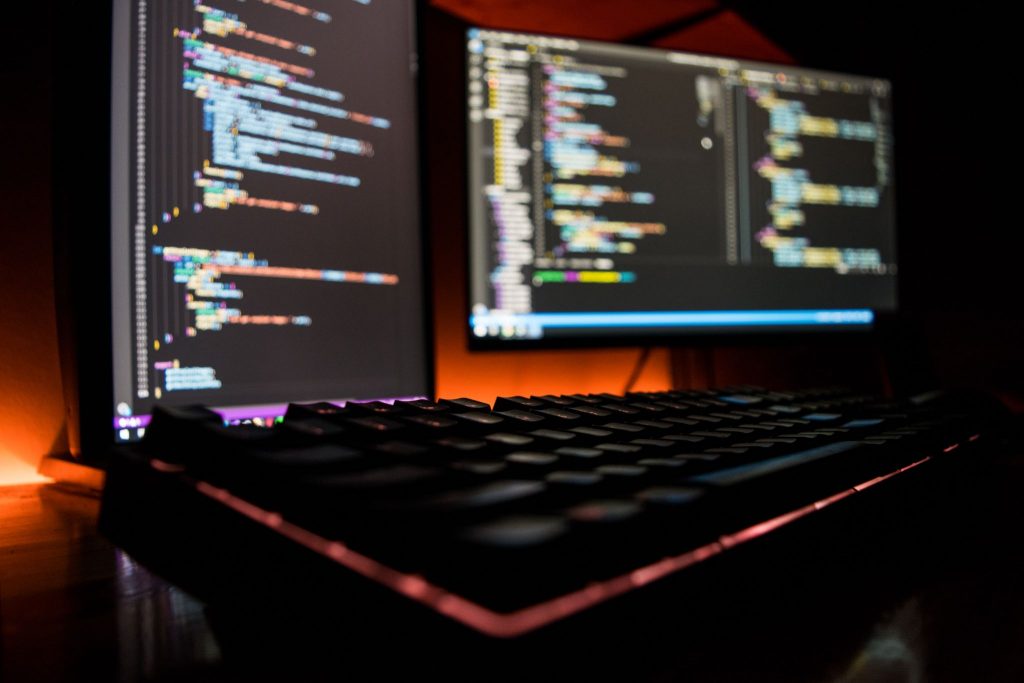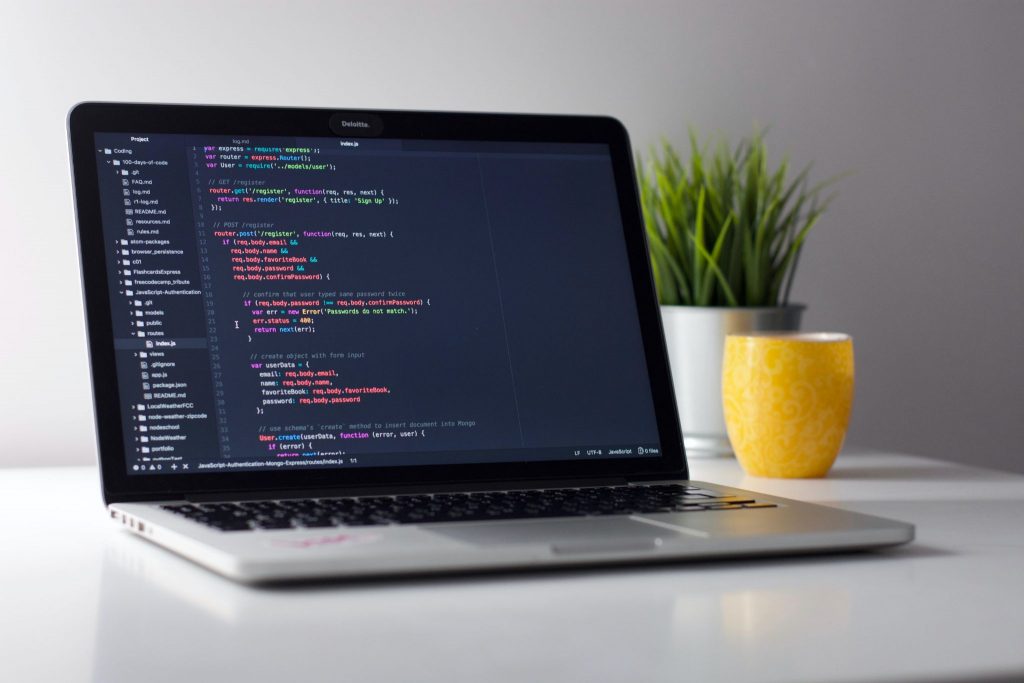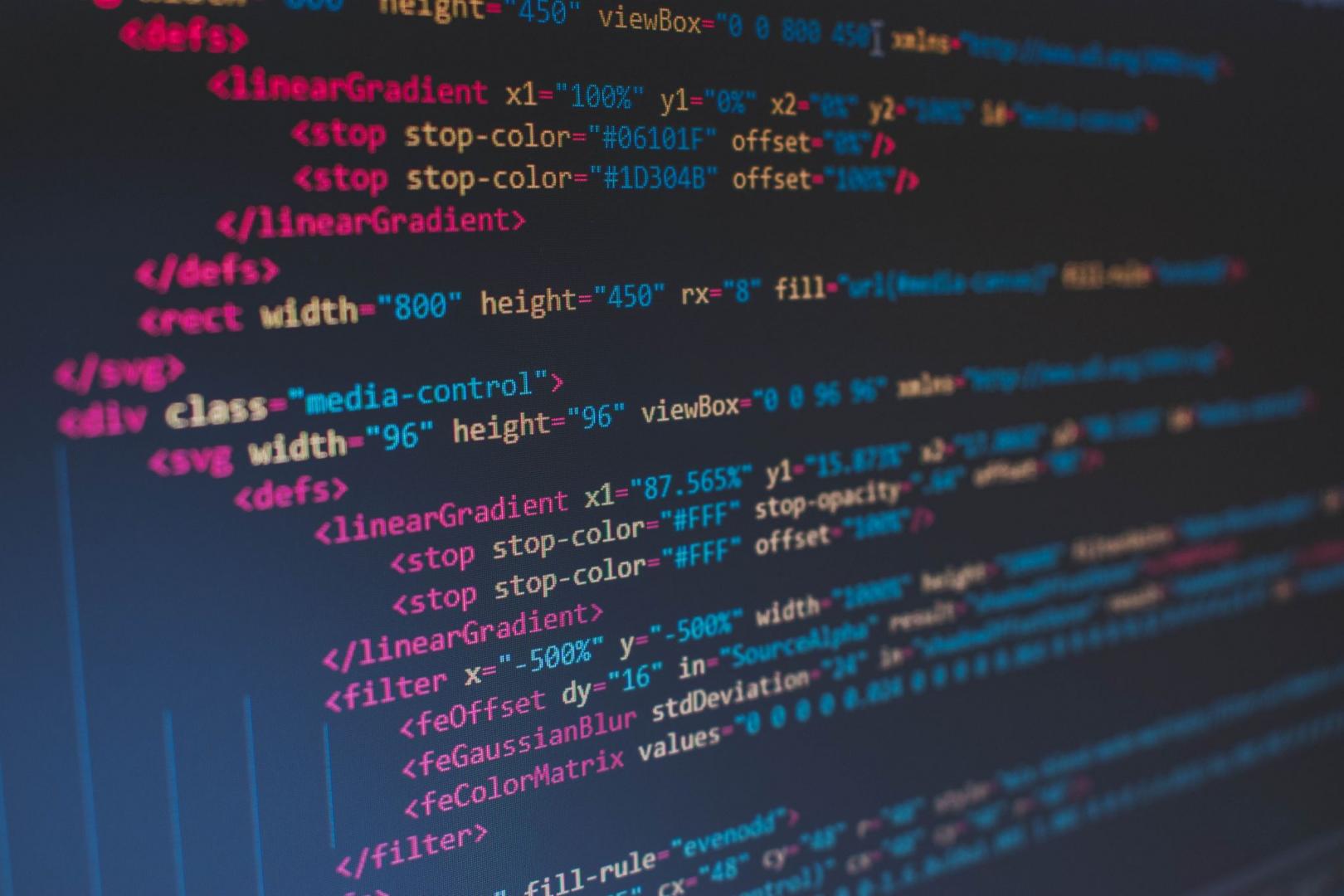Most people take the help of technology in their everyday lives, either directly or indirectly. It has altered the contemporary world and has become an integral part of today’s modern world. You can view movies, communicate with people all over the globe, and work from any place with just a tiny hand-held gadget, and the possibilities are almost limitless.
But how did technology manage to make such changes? Well, everything comes down to the brilliance of coding to acquire these abilities. Without coding, the social, economic, health, and demographic environments would be drastically different.
Are you wondering how coding is affecting the ever-expanding world of technology? Well, the extent of involvement of coding and technology is still a debatable topic. The only thing sure is that coding has impacted the lives of everyone on this planet. Read on to know how technology integrated with coding made these changes possible.
In what ways does coding affect technology?
Contrary to popular beliefs, coding isn’t something that is confined to computers and their domain. Instead, it has vested scope in technology to provide the world with hope for a better future and give people a means of livelihood. Here are several ways in which coding has impacted world technologies in giving people a better mode of living:
1. Online security:
When installing information via the internet, users should be cautious of third-party actors posing as the program supplier. However, the software may be guaranteed to originate from the right source using a service like code signing.
Code signing is when a computer programmer or coder digitally signs a file before sending it out to ensure that consumers get from software Extended Validation SSL certificates that performs what the author claims. In addition, the signature verifies that the code hasn’t been interfered with or changed from its original state. Coding plays a crucial role in creating these certificates and making the online world a safer place for you to surf.

2. Aviation Technology:
A significant amount of code is required to create a machine capable of piloting an aircraft. Autopilots must identify and track obstacles in the flight path, follow the flight route, and land the plane in certain instances. The Electronic Control System (ECS), integrated into the cockpit, is used to do this.
Millions of flyers are kept safe every day thanks to high-tech coding that converts one signal into another. Autopilot isn’t just one program; it’s the whole ECS at work to keep everyone safe. It starts with something as essential as one computer code and expands to initiate and react to various instructions and execute emergency safety measures.
3. Healthcare Technology:
There’s no denying that technological advancements in healthcare have protected many lives and continue to improve the quality of life. Not only that, but medical technology has had a significant effect on virtually all procedures and practices of healthcare providers.
In the healthcare sector, new medical software solutions are delivering a wide range of previously unthinkable results. They assist healthcare professionals in collecting data to make data-driven choices and interpret vast quantities of information.
Medical software allows healthcare workers to make quicker and more accurate choices. They also make changes to their old data sets when something new comes up in their database. This is helpful in medical diagnostics software which detects the medical conditions in patients through their medical history.

4. Coding gave birth to Artificial Intelligence:
An extensive level of programming and coding made it possible for Artificial Intelligence or AI to come into being. It is a technology that allows computers to make choices in the same way that people do. When AI algorithms are given to systems, the goal is to imitate human intelligence for complex tasks such as pattern identification, voice recognition, weather forecasting, to name a few.
Navigation-based apps like Uber, voice interfaces like Siri, streaming media platforms like Netflix, IoT devices, and search engines such as Google and Bing all use AI. AI aids in the automation of traffic, railway schedules, business forecasting, and the design of autonomous vehicles.
5. Internet of Things:
The Internet of Things (IoT) refers to a network of interconnected gadgets. The gadgets can communicate with one another and exchange data. For example, these gadgets may be linked through WiFi and exchange information about their surroundings and other connected devices. This exchange is made possible by a computer chip in these gadgets, which are programmed into communicating with various devices to provide a better user experience. Coding made it possible for these devices to come into being with such complex working mechanisms. By 2027, it is expected that more than 41 billion IoT devices will be in operation.
IoT allows not only the connectivity of various devices but also their virtual access. You can, for example, lock your vehicle doors remotely and warm your heaters and geysers. IoT technology is also used by FitBit, which you use to monitor how many calories you burn. In addition, IoT chips installed in machines aid companies in assessing machine performance and assisting in equipment maintenance.

In conclusion
The fast technological advancements aided with coding have had a far-reaching impact on how everything functions. However, to discover where the most significant changes occurred, you must look under the surface. Behind every software and modern gadget, a chipset is filled with computer codes and functions that tell the machine what to do. Coding has significantly benefited the lives of almost everyone, and the age of coding has just only begun.






